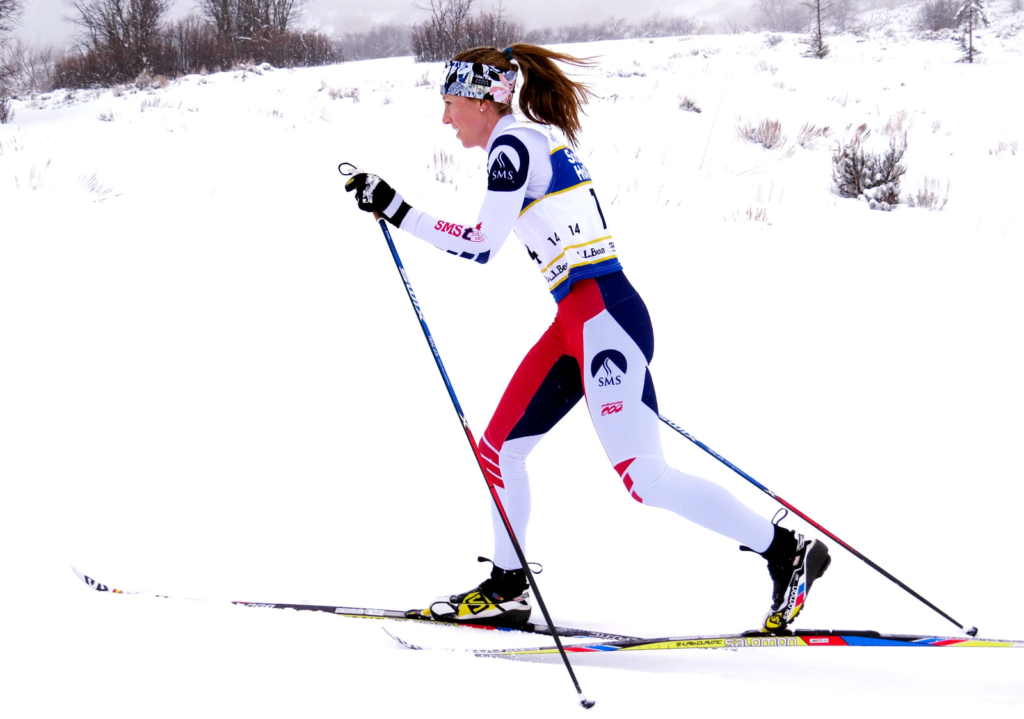How Snow Conditions Influence Cross-Country Skiing Technique

Cross-country skiing requires not only technical proficiency but also a deep understanding of the surrounding environment. Among the most critical factors affecting performance, snow conditions play a decisive role. Adapting to varying snow types enables skiers to optimize efficiency and maintain consistency under diverse weather conditions. Below are four primary snow conditions and their impact on cross-country skiing techniques.
Fresh Powder Snow
Fresh powder snow is characterized by its light, fluffy, and soft texture, which generates high friction and limited glide. Skiers must exert additional energy and adopt shorter, quicker strides to maintain balance and efficiency on this less stable surface. An excellent example of excelling in such conditions is Norwegian skier Therese Johaug, whose early-season training prioritizes techniques for managing weight distribution and glide on soft snow. Her precision and adaptability illustrate the technical expertise necessary for success in fresh powder conditions.
Packed Snow
Packed snow, which forms through grooming or natural compaction over time, provides a firm and stable surface. This consistency allows for efficient gliding with minimal energy expenditure, making it ideal for both recreational and competitive skiing. Skiers often use longer, more fluid strides on packed snow, maximizing both speed and control during their activities. Both classic and skate skiing techniques are well-suited to packed snow, offering a smooth, reliable experience for athletes across all skill levels. Furthermore, this surface type requires minimal maintenance, ensuring dependable conditions for beginners, professionals, and resort operators alike.
Wet Snow
Wet snow, identified by its high moisture content, typically develops in warmer temperatures or during melting periods. This heavy and sticky surface increases resistance, making it challenging for skiers to maintain speed and balance, especially on steep slopes or uneven terrain. To address these challenges, skiers employ specialized waxes designed for wet snow to enhance glide and reduce drag. Additionally, they adjust their push-off force, emphasizing stronger propulsion, improved technique, and enhanced control to navigate the terrain more effectively and maintain stability under varying conditions.
Crusty Snow
Crusty snow forms when a hardened outer layer develops over softer snow as a result of repeated freeze-thaw cycles or wind compaction. While this surface can allow for fast gliding, it requires caution, as breaking through the crust can disrupt balance and stability, increasing the potential for falls. Successfully navigating crusty snow demands a light, controlled technique, with a focus on stability, careful weight distribution, and adapting to unpredictable conditions. Proper equipment and consistent practice on varied terrains enhance a skier’s ability to manage these challenging conditions with confidence and ease.
Adaptability: The Key to Success in Cross-Country Skiing
Canadian university student Adam McManus Etobicoke exemplifies a passion for cross-country skiing and highlights the importance of physical fitness and adaptability for mastering the sport. In addition to his passion for skiing, Adam McManus Etobicoke is an enthusiastic power boater, appreciating the unique sense of freedom that comes with being on the open water. Success in cross-country skiing relies on technical skill, environmental awareness, and adapting to changing conditions. Understanding snow types helps skiers refine their technique for a smoother and more enjoyable experience.

Post Comment